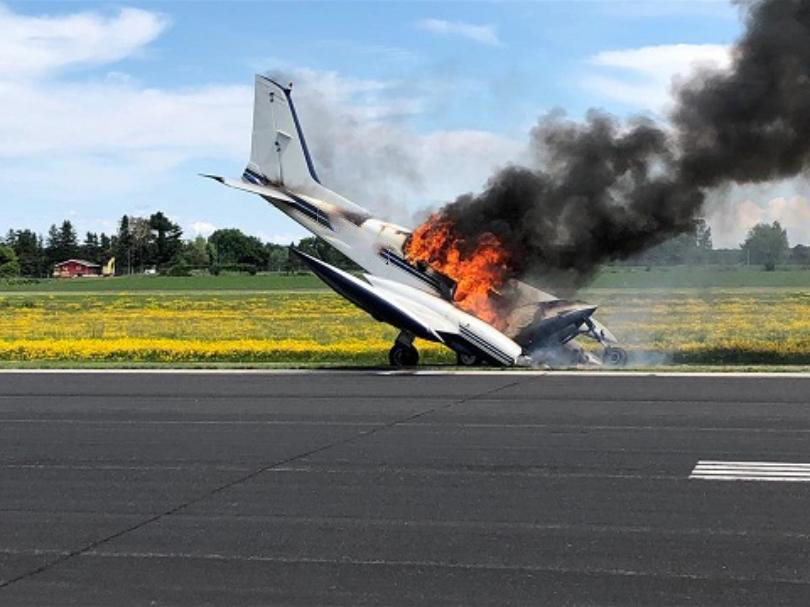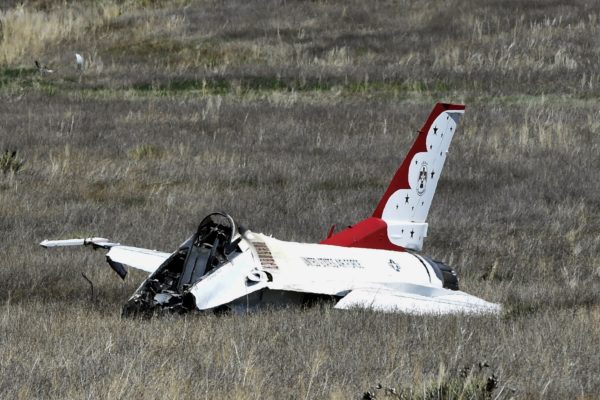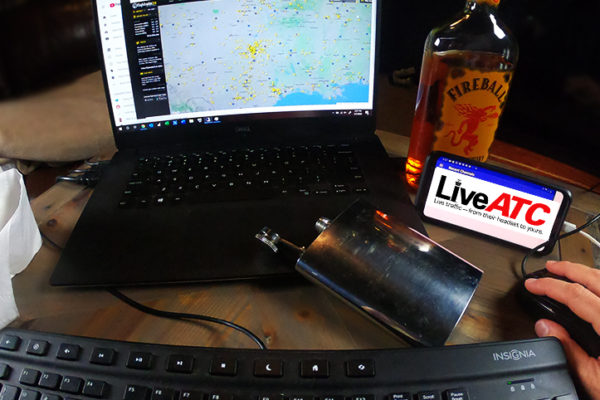
All pilots have been trained that sudden cooling is detrimental to piston aircraft engines; however, little or no time is spent educating pilots on the dangers of shock heating.
First, lets review shock cooling and its dangers since this is familiar territory to most pilots. One major manufacturer recommends a maximum temperature change of 50˚ F per minute to avoid shock cooling of the cylinders.
We are trained that fast descents at low power settings may lead to sudden (shock) cooling and engine damage reducing TBO. What you don’t know is the act of shutting down your engine immediately lowers the temperature at a far greater rate than 50° F per minute. As a pilot/owner you must decide if beating TBO matters, and if so, consider not shutting down your engine, ever.
The engine damage that might result from shock cooling – or heating – includes: excessively worn ring grooves accompanied by broken rings, cracked cylinder heads, warped exhaust valves, bent pushrods, and spark plug fouling.
Shock heating is typically inadvertent and easier to encounter but much more dangerous. Do you roll the plane out of the hangar to preflight outside? The moment you open the cowling your engine is exposed to the infra-red rays of the sun and begins to heat. Have you ever set the thermostat on your preheater to high? That’s right, you can actually shock heat your engine in sub-zero ambient temperatures.




